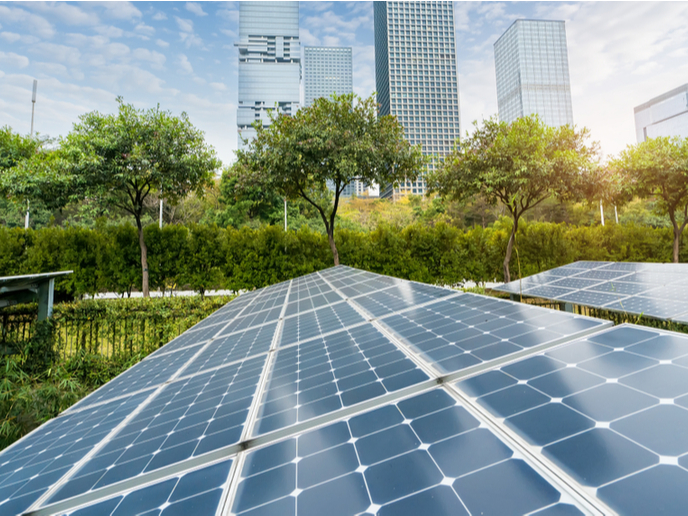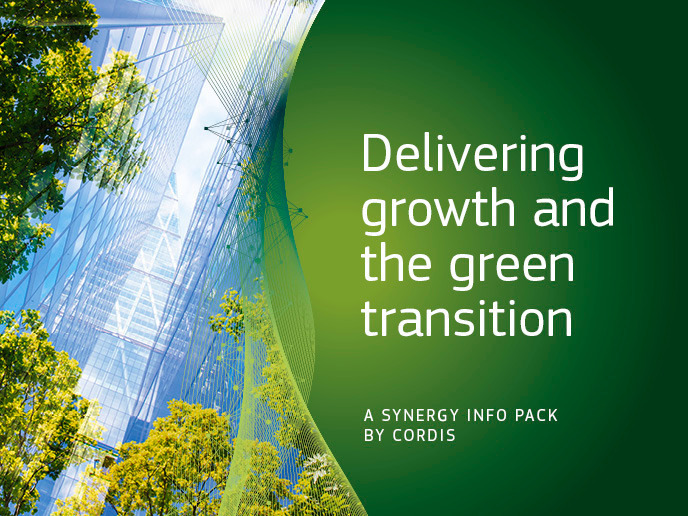Deciphering the global carbon cycle with models
As climate change continues to evolve from prediction to reality, more and more attention is being paid to the global carbon cycle. The oceans are an important sink for atmospheric carbon, but significant quantities of methane, which contains carbon, are generated in the sediment layers at the bottom of the sea. During the METROL project, the University of Utrecht in the Netherlands applied its expertise in Reactive Transport Models (RTMs) to develop a model for Anaerobic Oxidation of Methane (AOM). AOM is an important mechanism that limits the amount of methane released from the sediment to the water column. The equations comprising the RTM are derived from a combination of theoretical, experimental and actual field data that describe the important biological, geochemical and physical processes taking place. Model development was facilitated by the Biogeochemical Reaction Network Simulator (BRNS), which includes a web-based modelling platform, an Automatic Code Generator and a numerical solver. A simple AOM model developed with BRNS was used during METROL to estimate AOM in the Kattegat, Skagarrak and Aarhus Bay. Sensitivity analyses revealed that hydrogenotrophic sulphate reduction and acetotrophic methanogenesis were the most important factors influencing AOM. Another important finding was that AOM rates were, contrary to previous speculation, independent of water depth. The Dutch scientists have already extended upon the initial model to more complex versions. More information is available online at http://www.geo.uu.nl/~rtm(opens in new window). In addition to downloading existing models, visitors can also use the BRNS tools to create their own individually tailored RTMs.







